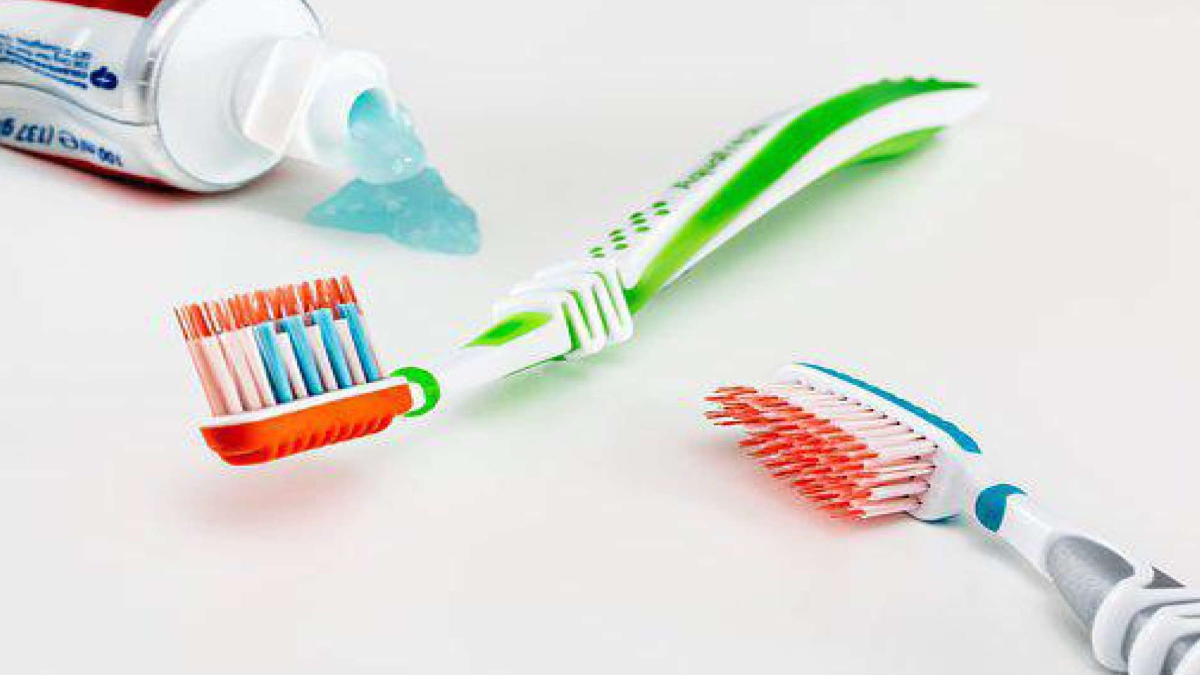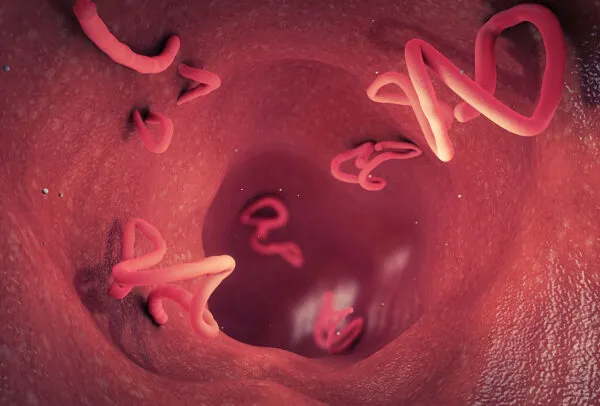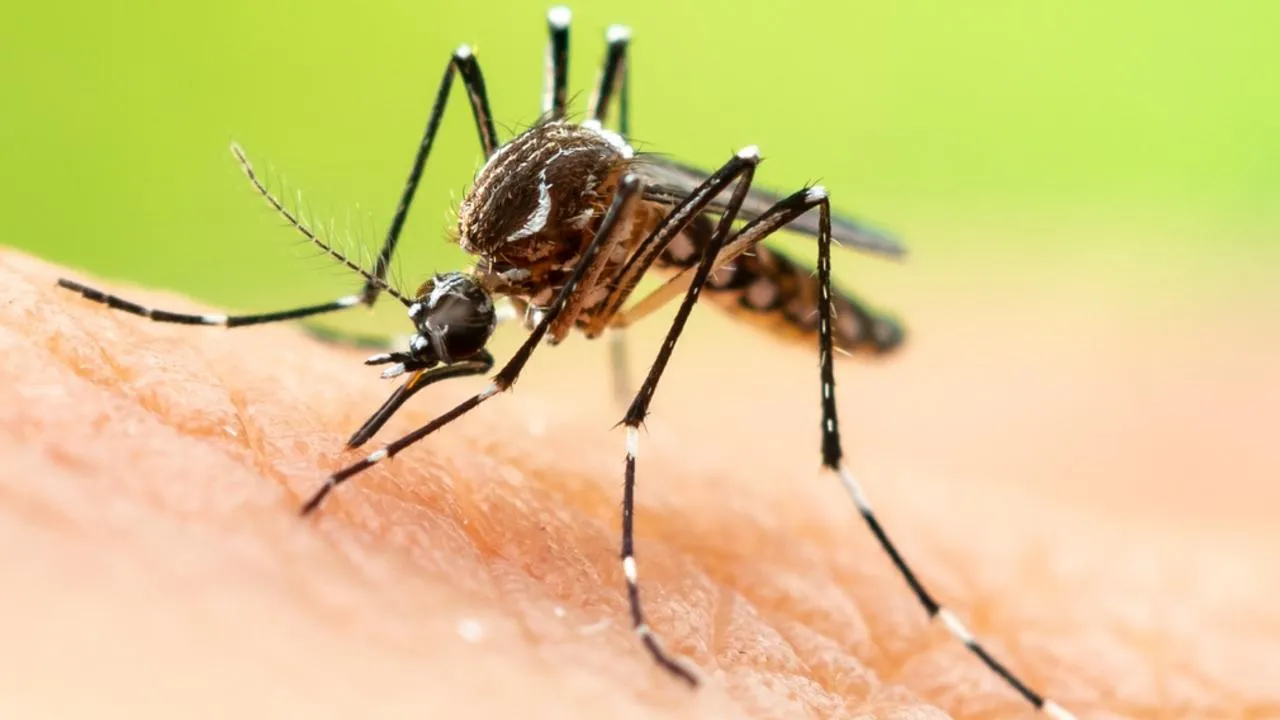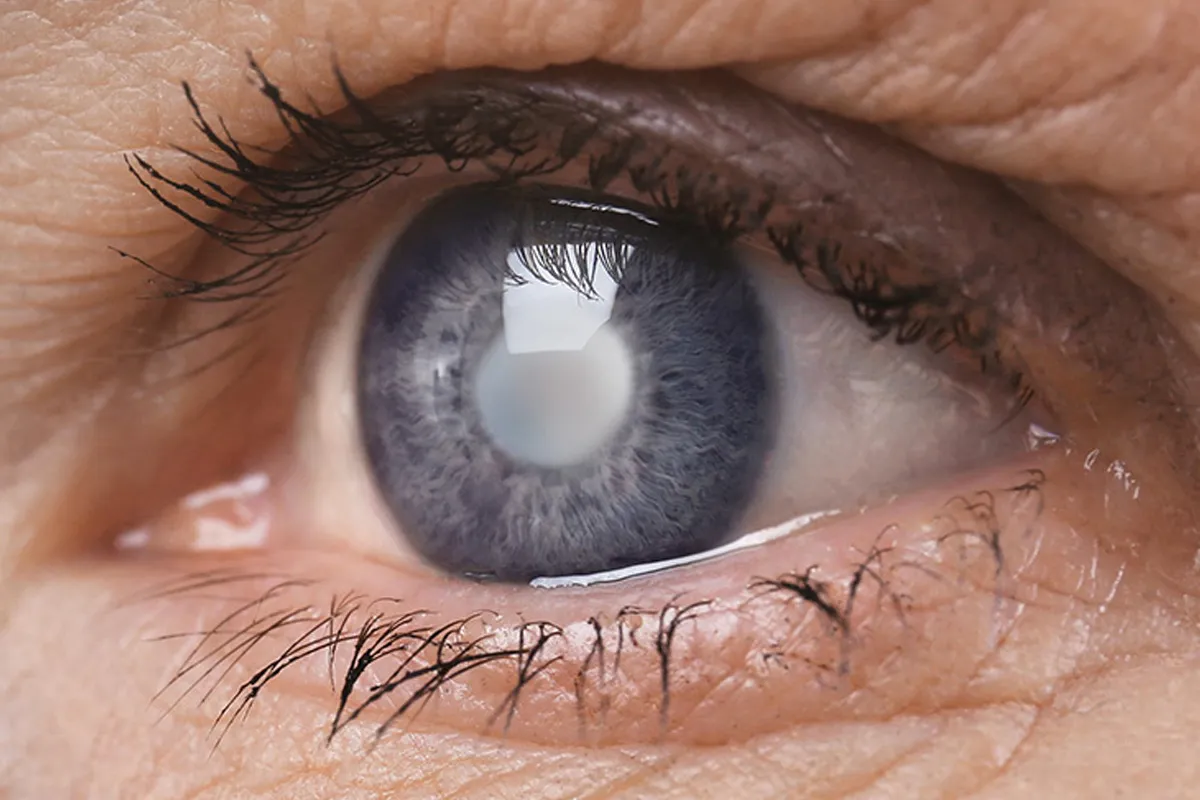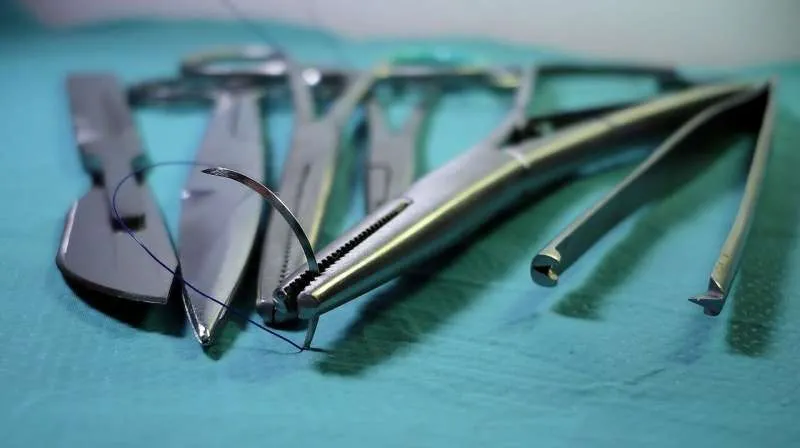Everyone desires the results of meticulous dental care—a gleaming white smile, fresh-smelling breath, and healthy pink gums. Good oral hygiene is essential in the prevention of diseases affecting the heart and lungs, and is therefore, recommended for everyone. As a result, taking care of your teeth and gums is essential no matter how old you are if you want to stay healthy overall. No matter how many compliments you’ve received on the appearance of your teeth, it’s still important to take the necessary precautions each day to keep them that way.
Here are some at-home methods that can assist you in reaching your objective:
Brush twice daily
A fluoride toothpaste and a two-to-three-minute brushing routine, twice daily, are recommended. Plaque, a bacterial film that accumulates on your teeth, can be removed with regular tooth brushing. This plaque bacteria, when left untreated, causes tooth enamel that leads to cavities, forms tartar, and both are difficult to remove from the teeth. Inflammation, brought on by tartar build-up, is what causes gum disease. For this reason, it’s crucial to establish a regular brushing practice.
Floss at least
once a day
Plaque and bacteria can be removed from in between teeth by flossing in areas where the toothbrush doesn’t reach. When plaque builds up and isn’t regularly removed, it can cause cavities and gum disease. On that account, flossing is an effective method of gum stimulation, plaque removal, and reduction of gum inflammation.
Use a mouthwash
An effective mouthwash can neutralise excess acid, eliminate bad breath, remove plaque from hard-to-reach places in and around the gums, and even re-mineralize tooth enamel. Plaque and gingivitis can also be prevented or treated with the use of a mouthwash. You can also ask your dentist for advice on the best mouthwash for your specific needs. Mouthwash cannot replace brushing and flossing, but it can help to supplement these habits.
Quit Smoking
Smoking has been identified as a risk factor for gum disease, which can lead to tooth loss and, in severe cases, mouth cancer. Many people, however, are unaware of the damage smoking causes to their lips, gums, and teeth. Additionally, smokers may experience poor healing following a dental operation. Smoking also has an impact on the aesthetics of the mouth, causing yellowing of the teeth and tongue, and giving you bad breath. Whatever the case, smoking is never a good habit.
Change your
toothbrush every two months
Your toothbrush combats the germs that cause gum disease, tooth decay, and bad breath. Brushing your teeth twice a day is likely if you practice appropriate oral hygiene. But how often do you change your toothbrush, which is the instrument you use to wipe plaque off your teeth and gums daily? When you use your toothbrush as directed, the soft bristles fray and possibly hazardous bacteria accumulate. Changing your toothbrush every 2 months is essential to keep the bristles effective and germ accumulation on the toothbrush to a minimum.
Visit the dentist every six months
Maintaining ideal oral health requires practicing proper oral hygiene at home, but regular dentist appointments should not be missed.
Even diligent brushers and flossers need regular dental check-ups. At the very least, you should see your dentist every six months for cleanings and check-ups. This is especially important if you have a history of dental problems, such as gingivitis or cavities.
A dentist can not only remove calculus and check for cavities, but they can also identify possible problems and suggest relevant treatment options.
These practices can help everyone achieve and maintain optimal dental health throughout their lives and enjoy all the benefits that come with it.
Dr Namrata Rupani is the Founder and CEO of Capture Life Dental Care.

